Robert Hamilton is a Portland based photographer. Professionally, he focuses on fine art, portrait, and wedding photography. He dabbles in street photography, for personal enrichment. Disappointed by the performance of his last photo manager app, Robert went searching for a better option and found Exposure. In the interview below, he talks about what experiences led up to him adopting Exposure as his photo manager.
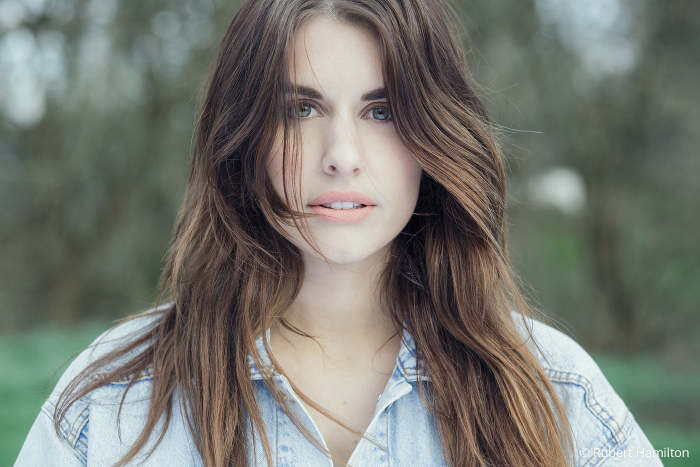
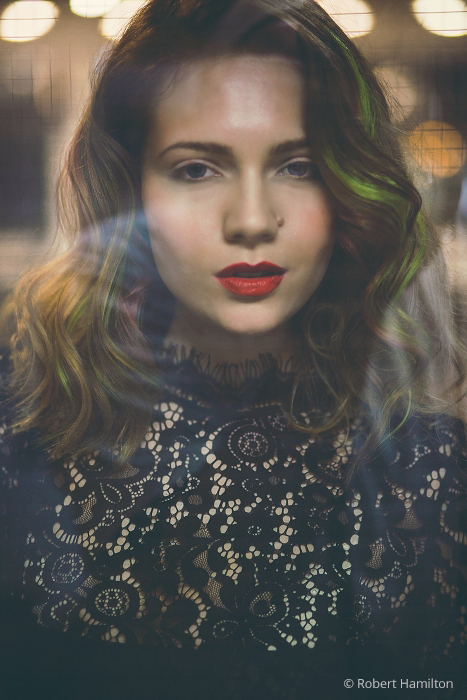
When do you start using Exposure in your workflow?
I use Exposure as a photo manager, so it is involved from the very beginning of my post processing workflow, when I’m copying photos from my camera cards. I used to use Lightroom, but it started getting slower and slower as time went on, which made transitioning from importing to culling and editing painfully slow. When I used Lightroom, I would copy my images from cards and then start the import into Lightroom, but then I’d have to go to bed and pick up where I left off the following day. It would take forever for everything to copy over and render out before I could even start working on my images.
With Exposure, I can skip all of the headaches. It is lightning fast at rendering the files on my screen – even at full size. And it provides me with instant access to my photos as they’re being downloaded, so I can get started right away!
How does Exposure perform as a photo manager?
Rendering is a huge deal for all photographers. And Exposure renders out image files much faster than what I experienced with Lightroom. I don’t use a brand new computer to perform my editing work, but Exposure still runs great.
Exposure will render out all the photos in a folder quick enough that I can start right away. When culling, the shortcut keys make remarkably quick work of getting through my shoots. I can preview all my images at full screen to check for sharpness, flag it as a pick or reject and move to the next image instantly. It saves tons of time.
Oh, and I love that I can filter by camera model and serial number in Exposure. That is awesome. I shoot with two cameras of the same model, and I occasionally shoot with a second shooter, so this lets me sync camera times between all the cameras used, easily.
I had to stop doing culling in Lightroom. The import and preview rendering process took a really long time. I’m too ADD to sit there and wait.
What aspects to Exposure’s design help you work more efficiently?
Previewing presets in Exposure is great. I get instant feedback for what look will work best on my images. When I am retouching pictures, I have my favorite presets marked in the panel on the left, so I can compare what my photo will look like with multiple different presets fast. This is so much quicker and more convenient than Lightroom’s process of applying a preset, undoing it, then applying another, etc.
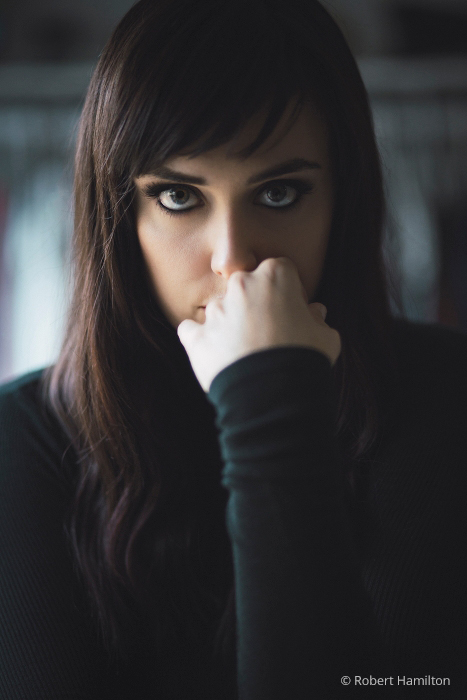

The current wedding climate is pretty cutthroat. My clients are getting pretty decent pictures from their friend’s phones practically in real time. Any advantage that I can get in response to that makes a huge difference. Exposure lets me copy from my card and start culling right away. Where I might have spent a couple hours culling thousands of shots in other software, with Exposure I can insert my card and start immediately, which shaves hours off of the process.
When I am in an extended editing session, it drove me crazy to constantly switch between modules to get my work done. With Exposure, everything is right there. Exposure makes it easy for me to navigate between folders of images without having to change modules or mess with catalogs.
What are your favorite editing tools in Exposure?
I love the spot removal tool. Ninety-five percent of the time when working with it, I don’t have to readjust the sample, which is especially nice. I’m not a fan of Lightroom’s Spot Heal tool because I feel like I always have to move the sampling point manually to make it work. In Exposure, it handles that for me, so I don’t have to mess with it much, just click, click, click. I don’t do heavy retouching on my images, so one tool that gives me quick and great-looking results is perfect for me.
I also like Exposure’s layer system a lot. It’s a very intuitive. I can toggle layers off and on to see what they do to the image. I also don’t have to jumble as many control sliders for each layer, which allows me to adjust the opacity of each effect, or group of effects, independently.
What about Exposure makes it an integral part of your workflow?
Exposure is a one-stop shop. I like its workflow when using it as my photo manager. It’s a quick way of editing, where I don’t have to technically dive in deep to adjust each color curve individually unless I choose to. Most of the time, I can just try out a few looks, and then make just a few quick adjustments to tighten them up. For something like a wedding where efficiency is the name of the game, Exposure is perfect. Clients expect to have images delivered fast.
I never really felt like my photos looked finished when they came out of Lightroom, so I always ran them through Exposure anyway. It makes my photos look the way I want them to look, so I’m happy to use it as my photo manager, too.
Super fast rendering, simple straight-forward culling, easy to preview filters, and just enough tools to do a really good, and not overly technical, retouch. That’s what keeps me loving Exposure.
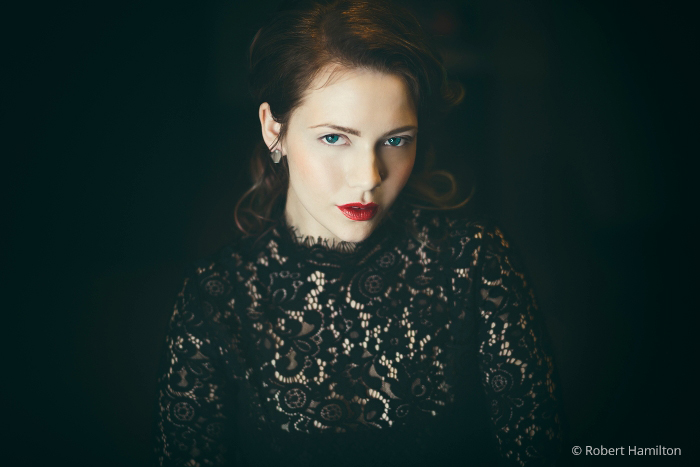
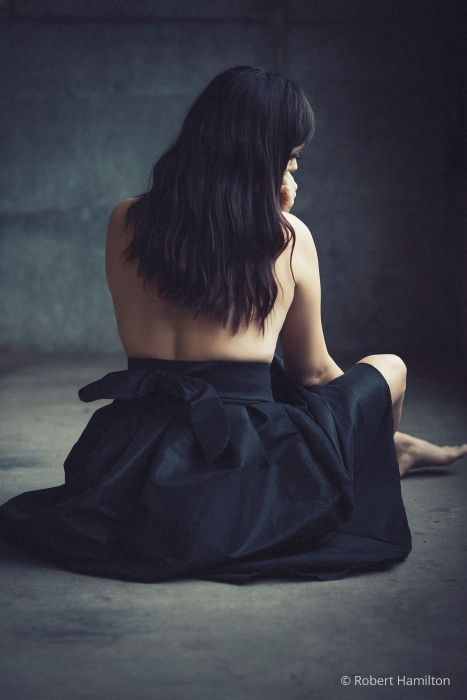
See more of Robert’s work on Facebook, Twitter, or his Website.
Try Exposure Today












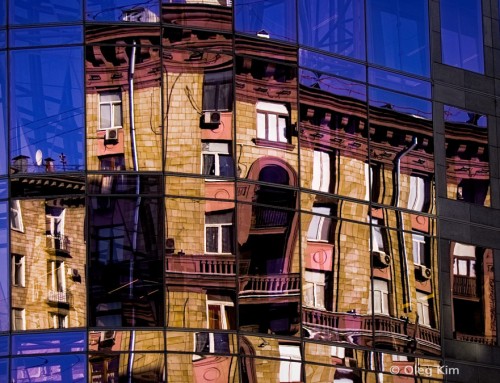
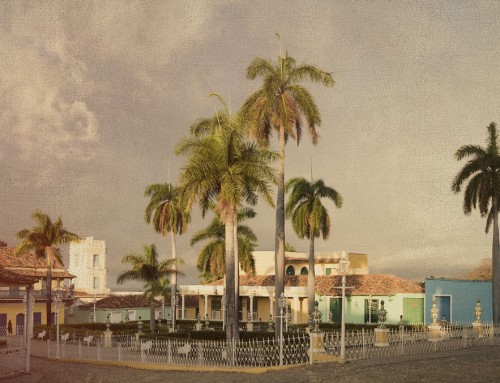
Hi Jimmy,
My name is Anuj Agarwal. I’m Founder of Feedspot.
I would like to personally congratulate you as your blog Alien Skin Software has been selected by our panelist as one of the Top 25 Photo Editing Blogs on the web.
http://blog.feedspot.com/photo_editing_blogs/
I personally give you a high-five and want to thank you for your contribution to this world. This is the most comprehensive list of Top 25 Photo Editing Blogs on the internet and I’m honored to have you as part of this!
Also, you have the honor of displaying the badge on your blog.
Best,
Anuj
Thanks Anuj! We are glad to be listed among such great company in your top 25 list of photo editing blogs.